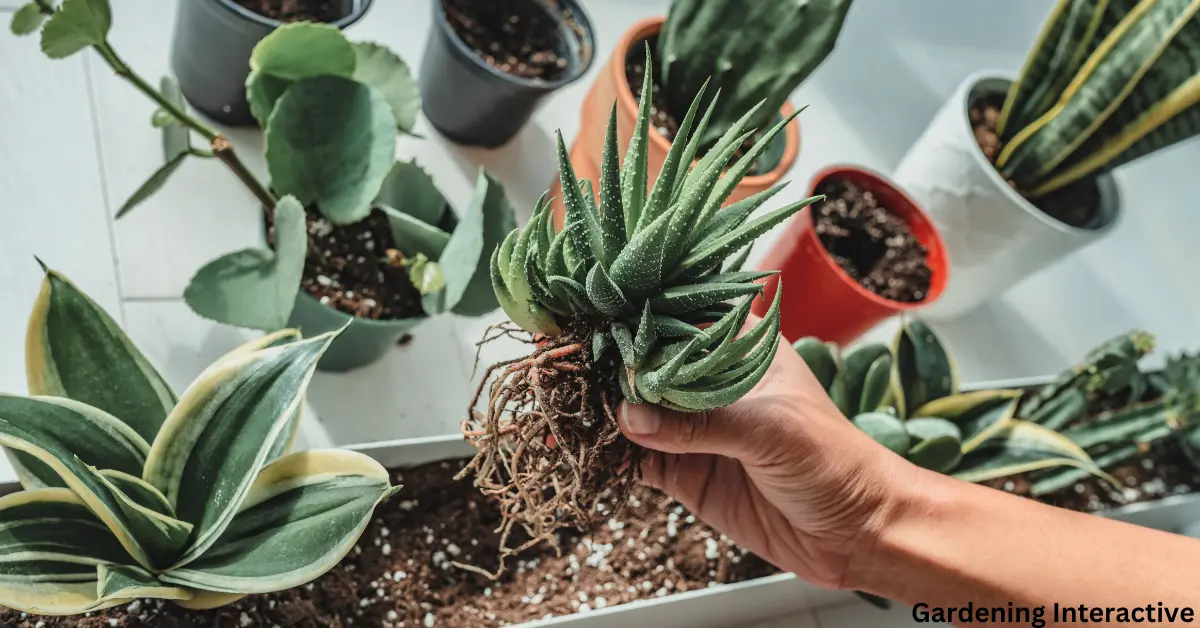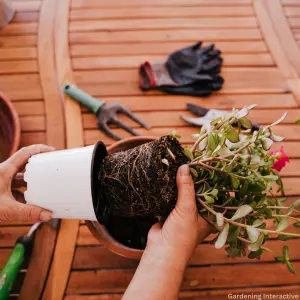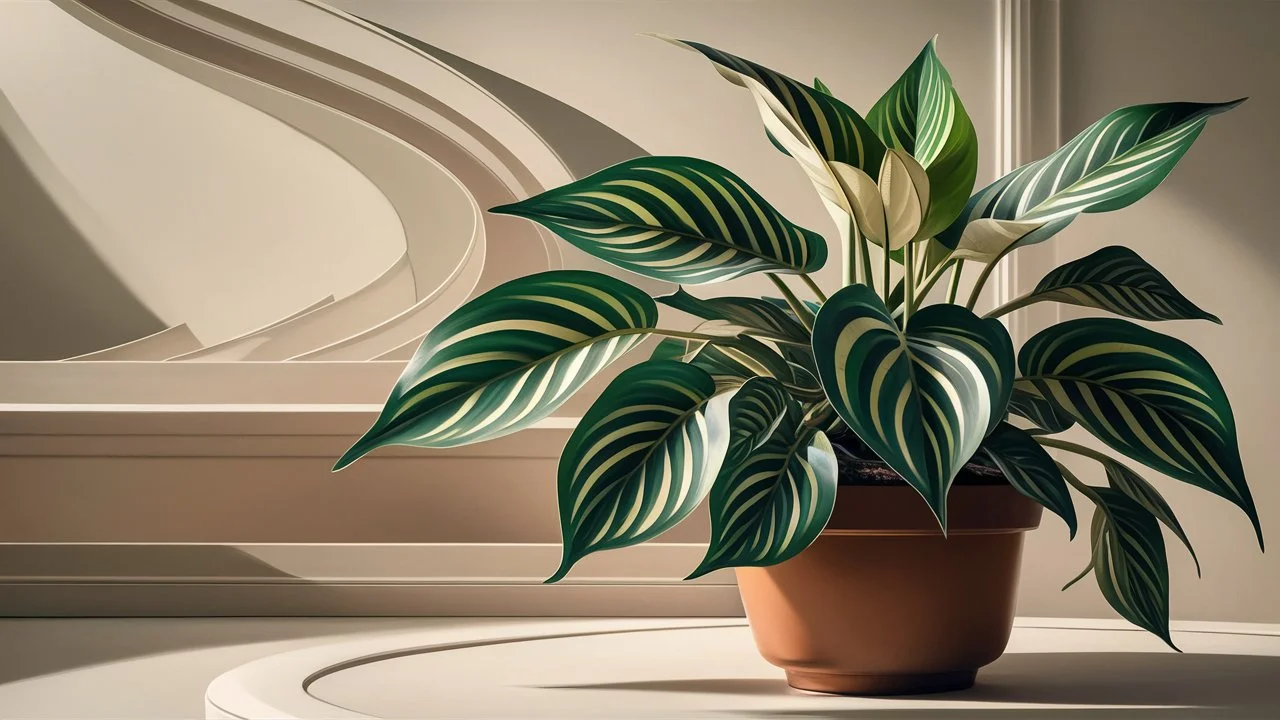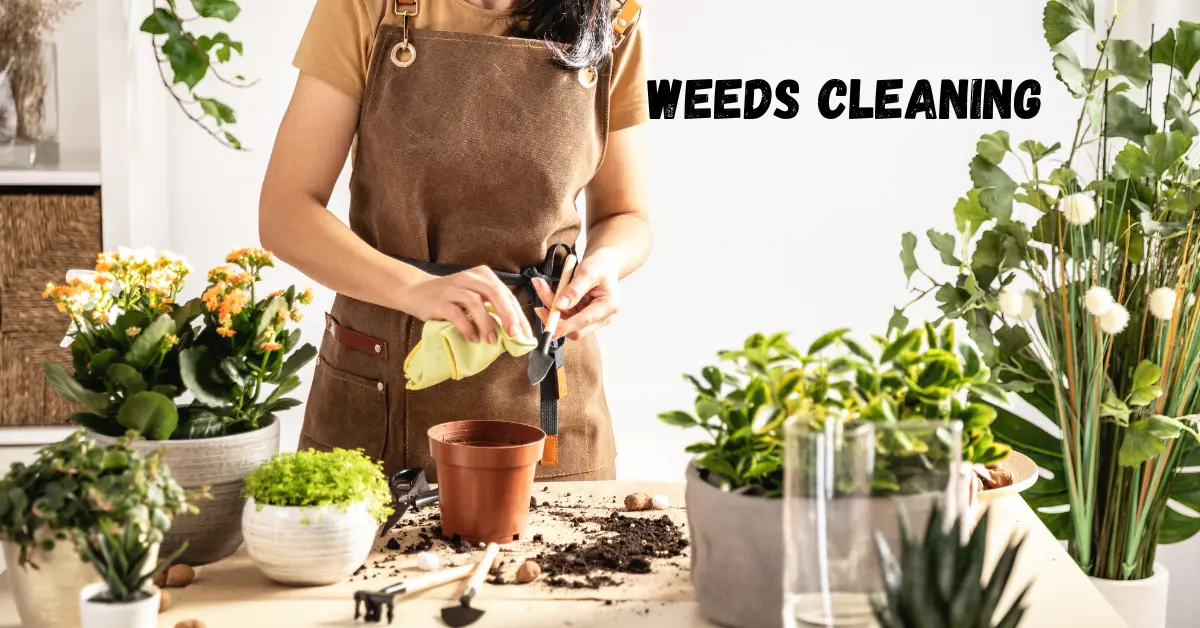
Repotting Indoor Plants: What is Repot & How?
- Mitford Rakib
- May 22, 2024
- BLOG, plants care tips and tricks
- 0 Comments
The necessity of Plant Repotting and the process of this method
Indoor gardening is a practice which involves growing indoor plants in an indoors environment and therefore let me welcome you into this magnificent world of indoor gardening. Among various procedures, the main one, which is essential for indoor plants to remain healthy and continue growing, is called repotting. Perhaps this is the first time you are going to repot your plants, or maybe you have wished to but never understood why or how it should be done without damaging the plants. Things You Should Know About Repotting Indoor Plants To keep your indoor plants healthy, it is necessary to understand the details of the repotting process Even if you are beginner, do not worry, here in this article, we will give the most basic information about repotting indoor plants that you need to know.

What is Plant Repotting?
Transplanting is the process in which the plant is removed from one container to another because of overcrowding or the plant having grown too big for the pot. Plants require space for root development, and often, when you neglect to transfer plants in larger pots, the roots become overgrown to fill up the container, leading to root-bound plants. This can prove to be very detrimental to the health of the plant because most of the time, the plant is unable to conduct water and nutrients to the parts that require them in large proportions.
Read More
- Tiny white bugs on plants- Mealybugs: Identifying and Eliminating
- Houseplant Fertilizer: Best Food For Indoor Plants
- 10 Best Fast Growing Plants Indoor: Review
Why Repot Indoor Plants?
Growth: This is true because plants require some space in order to expand, and if this is not possible then they should at least be given enough space for the plant to be situated in, but not overcrowded. To meet these needs, a bigger pot simply provides the space each of them requires.
Fresh Soil: Soil’s nutrients wash away with time hence the importance of fertilizing the soil. Transplanting is a good procedure that helps the plants get new earth which is normally full of nutrition.
Drainage: The old pots might provide poor drainage, and in the process will not allow free seepage of water and air to the roots of the plant. New pots can help in this and will offer another safeguard against root rot.
Repotting Plants into Bigger Pots
Moving plants to the next bigger sized container perch as repotting is well understood by people and understood in passing without much thought.
If you have some small plant and now it has become big enough, then you need to shift it into another one big enough pot. Here’s how to do it:
Choose the Right Pot: Choose a pot only slightly larger than the current pot; an ideal pot is one that is 1 to 2 inches in diameter larger than the current pot. However, it must have drainage holes at the bottom in order to ensure proper drainage of water.
Prepare the New Pot: Transfer one layer of fresh soil into a new pot to ensure that the plant is healthy and well taken care of. It provides the plant with a good base to stand and sprout and actually assists in drainage.
Remove the Plant: Take the plant out of its previous container without grabbing it too roughly. It can be achieved by tilting the pot and then banging what is on top so that the plant can be released easily. Make sure to prevent them from getting damaged.
Loosen the Roots: If the roots are compacted on each other use your hands to separate them a bit to increase the soil surface area. This makes them spread out in the new pot in order to feed themselves adequately with the available tomatoes.
Place the Plant: Transplant the plant to the new container making sure that the foliage is at the same level it used to be in the previous pot. On top of it, bury the plant in fresh soil, and tread lightly on the surface to remove any pockets of air.
Water the Plant: When transplanting, ensure that you water the plant adequately, to help it adapt to its new environment.
Repotting House Plants for Better Drainage
The soil drainage is very important for the health of the plants to grow without these diseases to affect them. Lack of it allows water to congest at the base of the pot causes rotting of roots which is a common calamity among many growers. Here’s how to ensure good drainage:
Use Pots with Drainage Holes: In every case, the pots that you should use should have drainage holes at the base. This enables the eviction of excess water to avoid making the foods dense and heavy on the stomach.
Add a Layer of Pebbles: Adding a layer of pebbles or any small size stones at the base of the pot would also help in proper drainage.
Use the Right Soil: First of all, the best soil for use in the care of these indoor plants is a well-draining one that is a specialty of indoor plants. The senior type of this soil is loamy because it is relatively lighter and it offers less resistance to the passage of water.
Best Soil for Repotting Indoor Plants
Indoor plants are an essential element in homes, and it is crucial to have the best soil that can support their growth after repotting. Selecting an ideal soil also plays a wonderful role. The following are some of the tips that you will need to consider when selecting the right soil for your plants. Here are some tips:
Use High-Quality Potting Mix: Choose a potting mix for use by indoor plants: While selecting a potting mix to use in indoor planting, ensure you use a mix that has been developed for use by indoor plants. These mixes are typically light textured and permeable through their pore structure, making tomato an ideal candidate for growing in these media.
Avoid Garden Soil: One disadvantage of growing plants at home is that the garden soil is usually heavy and takes a long time to drain creating a problem for root rots.
Consider the Plant’s Needs: Certain plants, especially cacti and succulents, require a mix with more sand to make the growth medium very permeable to water.
How to Repot a Plant Without Killing It
The most important tip you ever want to learn about repotting any plant is that if you are not careful, you are likely to end up killing the plant instead of helping it grow. Unfortunately, this is usually a stressful time for the plant, however, you do not have to cause any harm to your plant while repotting. Here’s how:
Be Gentle: Handle the plant and the roots more gently so that they do not get hurt in any way.
Repot at the Right Time: Ones should repot in spring or in early summer due to plants being in their growing phase.
Don’t Overwater: Whenever you transplant your plant, ensure you water it well while waiting for it to dry slightly before watering again. This makes it difficult for root rot to happen.
Do I Need to Repot My Plant After Buying?
Some of the new plants have to be repotted shortly after a customer has bought them since they benefit from it. Here’s why:
Better Soil: Fertilizers and water soluble nutrients in store bought plants are often in poorly draining soil that may not allow the roots to receive necessary amounts of air and nutrients.
Check the Roots: Repotting also enables a grower to discover issues with roots, and address them accordingly.
Give it Space: The plant may already be rooted; it is essential to check the condition of the roots before making a transplant. A new pot provides it with the opportunity to expand and to develop to the next stage of development.
Repotting Houseplants in Winter
You may wonder, why can we not repot during winter and yet it is possible to do that as well. Here’s what to consider:
Slow Growth: The growth rate of plants also slows during the winter, so they may not require repotting at the same frequency as before.
Indoor Conditions: Try to place the plant in a warm area with good lighting since it might take some time to recover from this process.
Be Extra Careful: When planting flowers in winter, the plants are also rather fragile, so it is important not to create excessive amounts of turbulence around their roots.
Ending Note:
At one point or another, every enthusiast of indoor plants gets the challenge of repotting the plants that they have personally grown or were bought from the shop or from any available indoor plant growing center. So when selecting a suitable container, always get the best soil, be sure to acquaint yourself with good drainage privileges and always be gentle with your plants. For those who have just acquired a fresh plant or have a plant that needs to be transplanted into a new pot, read this guide to learn how to repot effectively for your plant’s welfare.
Frequently Asked Questions (FAQ):
Why is repotting important for indoor plants?
Repotting is crucial because it provides your plants with more space to grow, fresh soil with new nutrients, and improved drainage. Over time, plants can become root-bound and deplete the nutrients in their soil, making repotting necessary to maintain their health.
What kind of pot should I use for repotting?
Choose a pot that is 1-2 inches larger in diameter than the current pot. Ensure it has drainage holes at the bottom to prevent water from accumulating and causing root rot.
What is the best soil for repotting indoor plants?
Use a high-quality potting mix specifically designed for indoor plants. This mix should be lightweight and well-draining. Avoid using garden soil, as it can be too heavy and may not drain properly.
How often should I repot my indoor plants?
Most indoor plants benefit from repotting every 1-2 years. However, this can vary depending on the plant species and growth rate. Always monitor your plants for signs that they need more space or fresh soil.




